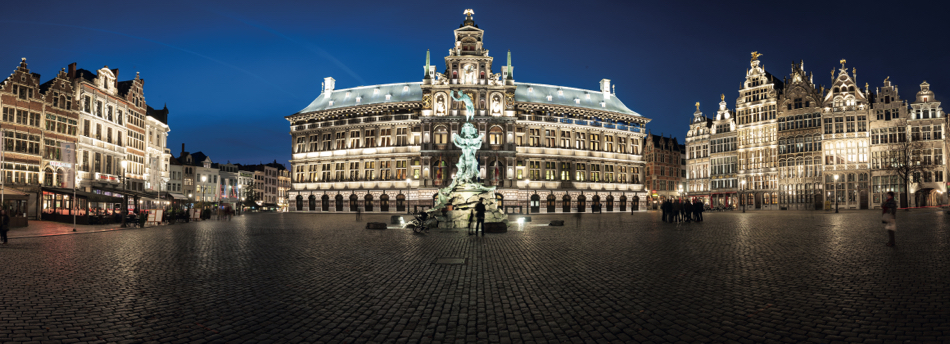Speaker
Description
Time response of a Silicon Photomultiplier (SiPM) depends on some of the intrinsic parameters of the sensor. Combining multiple small SiPM instead of one with larger area will reduce detector capacitance at electronic level, which can be translated into a lower jitter, and thus better Coincidence Time Resolution (CTR) of a PET system. This work provides a framework by combining GATE and an electrical simulator. This will enable a global optimization of the PET system including the scintillator, the sensor (sensor size, pixel pitch, dead area and capacitance) and the readout electronics (input impedance, noise, bandwidth and summation).
Summary
For PET applications a very important parameter is the Coincidence Time Resolution (CTR), measured with two detectors in back-to-back configuration, each one of them consisting in a scintillator crystal, a sensor and the electronic readout. One of the ways to improve CTR is by reducing the Single Photon Time Resolution (SPTR) and thus achieving a better Signal to Noise Ratio (SNR) of the imaging system. It makes the SPTR a crucial feature to ensure the best performance of a PET system.
This works presents the first simulations performed using GATE in combination with a precise electrical simulator. This provides a way to study the whole PET system together. GATE gives the possibility to tune the sensor in terms of sensor size, pixel pitch and dead area. The scintillator can be also modeled depending on light yield, decay times and surface roughness. Lastly, the electronic simulator permits to play with sensor capacitance, input impedance, noise, bandwidth and summation.
The output of the GATE is used to feed the electrical simulator input to study the response of the sensor and the electronics. The setup used is the patented readout input stage implemented in the FlexToT ASIC and a fast comparator. The final output is the CTR, obtained as the standard deviation of the cumulative delay distribution from the nonlinear Time-over-Threshold (ToT) response of two detectors. A comparison between the simulation and the real data is taken with the FlexToT ASIC. The results from the simulations are in good agreement with the laboratory measurements.
A new test bench is employed to evaluate the simulation of the summation of individual smalls SiPMs, or a single big SiPM sensor. This setup uses the same readout input stage used in the previous setup and a preliminary new summation block before the comparator circuit to obtain the analog sum of different readout channels. A transient noise simulation has been performed with an electrical simulator using this test bench. SPTR is obtained as the standard deviation of the arrival time of the first photon after the analog sum (photons are fired ideally at t0, but transient noise generates different arrival times). The results show that using 9 SiPMs of 1x1mm2 a SPTR of 73ps is obtained, while using a SiPM of 3x3mm2 gives 93ps of SPTR. A similar result is seen when 18 small SiPMs of 1x1mm2 in comparison with 2 SiPMs of 3x3mm2 are simulated, where a SPTR of 101ps and 139ps is obtained correspondingly.
Lastly, it is important to highlight that these preliminary results are provided to illustrate the need of a smart readout electronic circuit to individually sum small SiPMs and thus provide a better time response. This framework gives the possibility to choose the best sensor considering both the light collection (GATE) and the readout response using an electrical simulator. In the incoming months gamma simulations to include the CTR estimation when adding SiPMs are expected, as well as an optimized readout.
